J.D. Power: service initiation weakest link in customer experience
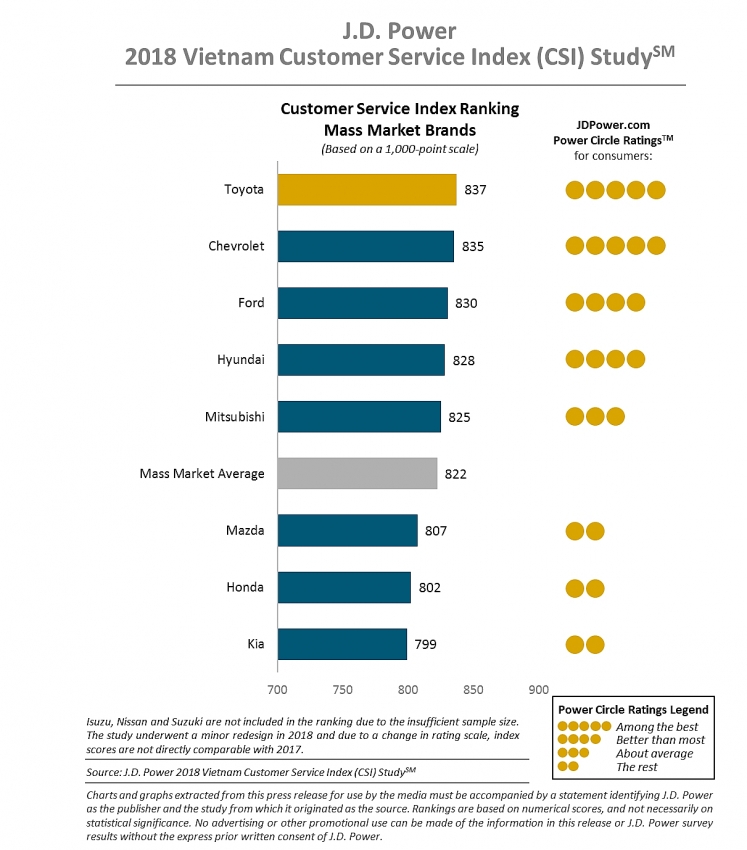 |
As was the case in 2017, service initiation in 2018 has the lowest satisfaction score among all five factors contributing to overall service experience satisfaction. Although more customers are making service appointments in advance (90 per cent in 2018 vs. 66 per cent in 2017), the study finds that in 2018, fewer customers were ‘delighted’ with the ease of scheduling their service visit (12 per cent vs. 16 per cent, respectively) and a higher proportion of customers were required to wait for three days or more between booking the appointment and the actual service date (38 per cent vs. 28 per cent, respectively).
“With an increasing number of car owners booking services via website or mobile apps, there are now higher expectations from customers for a higher standard of online service booking platform,” said Siros Satrabhaya, regional director, Automotive Practice at J.D. Power. “It is vital that dealers ensure a seamless customer journey from the point of initiation online to the actual service premises. Customers are increasingly sensitive to waiting time and with more service delays being experienced, dealers need to focus on dealership productivity by addressing the growing service volume and responsiveness of service advisors.”
The study finds that customers who had to wait to speak to a service advisor are less satisfied than those who were approached by their advisor immediately upon arrival at the service centre (773 vs. 838, respectively). Furthermore, while customers reported a shorter average handover time at the service center than in 2017 (22 minutes vs. 29 minutes, respectively), customers whose vehicle handover lasted only 10 minutes or less were more satisfied than those who had to wait for longer than 10 minutes (846 vs. 820, respectively).
The following are additional key findings of the study:
- Satisfaction is higher when scheduling on a digital platform: Although only a small proportion of customers made service appointments through digital platforms (3 per cent on manufacturer’s applications and 6 per cent on manufacturer’s website), these customers are more satisfied compared to those who made an appointment through offline channels, such as calling directly or sending a text message (858 vs. 824, respectively). However, for future service visits, 27 per cent of customers would prefer to make appointments on the manufacturer’s website (10 per cent) and app (17 per cent).
- Service advisor communication about service time needs improvement: The proportion of customers who were informed when their vehicles would be ready declined in 2018 to 88 per cent from 96 per cent in 2017. Of these customers, only 81 per cent mentioned that the service advisor kept them updated on the service status of their vehicle compared with 93 per cent in 2017.
- More customers stay at the service center during the service visit: Nearly two-thirds (66 per cent) of customers stay at the dealership during the vehicle service compared to 55 per cent in 2017. Satisfaction for these customers is much higher compared to those who left the service center and returned later (832 vs. 804 points, respectively).
- Excellence in customer service experience enhances likelihood to promote brand: The Net Promoter Score® (NPS) measures customers’ likelihood to recommend their vehicle make on a 0-10 scale. The NPS overall score in this year’s study is 50. Promoters (customers who provide a rating of 9-10 points on the likelihood that they will recommend the vehicle brand) reported a CSI score of 868 points, compared with 667 points reported by detractors (those who provide a rating of 0-6 points on their likelihood to recommend the brand).
Study rankings
Among the eight brands ranked in the study, Toyota ranks highest for the third consecutive year, with a CSI score of 837 points. Toyota performs particularly well on service facility and service quality.
The 2018 Vietnam Customer Service Index (CSI) Study measures overall satisfaction among vehicle owners who visited an authorised dealer/service centre for maintenance or repair work during the first 12 to 60 months of ownership. This study is based on responses from 1,295 new-vehicle owners who took their vehicle for service to an authorised dealer or service centre between June 2017 and December 2018. The study was fielded online between June and December 2018.
Now in its 10th year, the study measures new-vehicle owner satisfaction with the after-sales service experience by examining dealership performance in five factors (in order of importance): service quality (24 per cent); service initiation (21 per cent); vehicle pickup (20 per cent); service advisor (18 per cent); and service facility (17 per cent).
The 2018 study for the first time includes the Net Promoter Score (NPS), which measures customers’ likelihood to recommend both their vehicle make and model on a 0-10 scale.
J.D. Power is a global leader in consumer insights, advisory services, as well as data and analytics. These capabilities enable J.D. Power to help its clients drive customer satisfaction, growth, and profitability. Established in 1968, J.D. Power has offices serving North America, South America, the Asia-Pacific, and Europe.
What the stars mean:
★ Poor ★ ★ Promising ★★★ Good ★★★★ Very good ★★★★★ Exceptional
Related Contents
Latest News
More News
- Work hour cut on agenda once more (May 16, 2024 | 21:00)
- Technology giants keen to embrace gifted engineers (May 16, 2024 | 19:00)
- Livestock farms face up to mass relocation challenge (May 16, 2024 | 17:00)
- Logistics firms take alternative steps (May 16, 2024 | 16:17)
- Logistics groups must work to mitigate Red Sea route tensions (May 16, 2024 | 16:09)
- Agricultural exporters face hardship amid escalating costs (May 15, 2024 | 18:43)
- Consumer confidence in economic recovery reaches five-quarter high (May 15, 2024 | 12:17)
- Daesang Duc Viet opens Hung Yen Factory No. 2 (May 15, 2024 | 12:16)
- Forex rate hike dampens business performance in Q1 (May 14, 2024 | 18:45)
- Prime Minister chairs seminar with Chinese businesses (May 14, 2024 | 17:04)



 Tag:
Tag: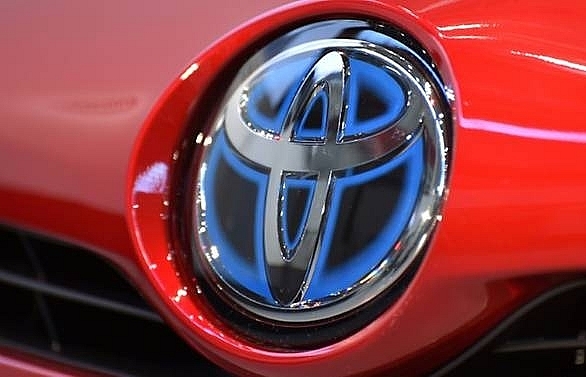
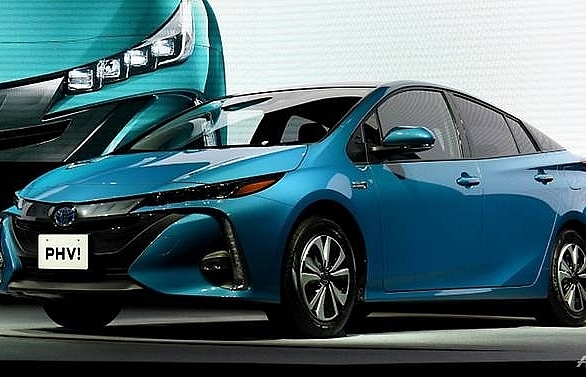
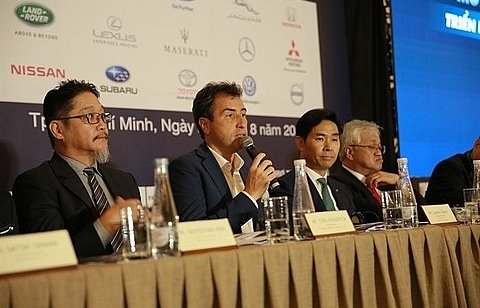
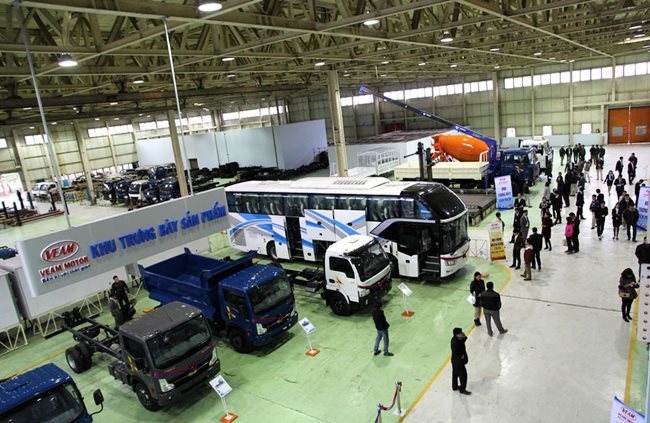

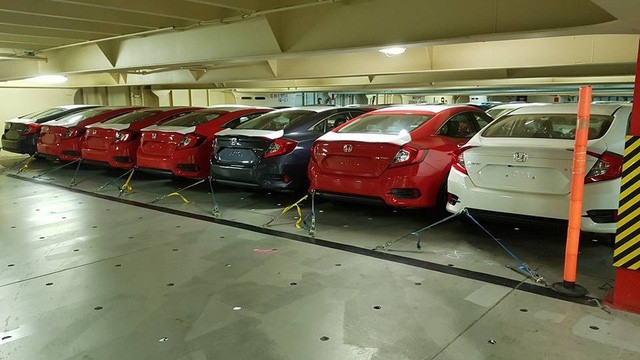



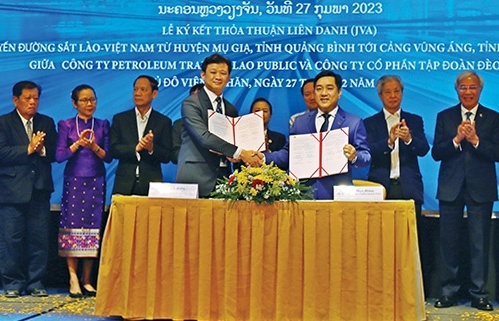



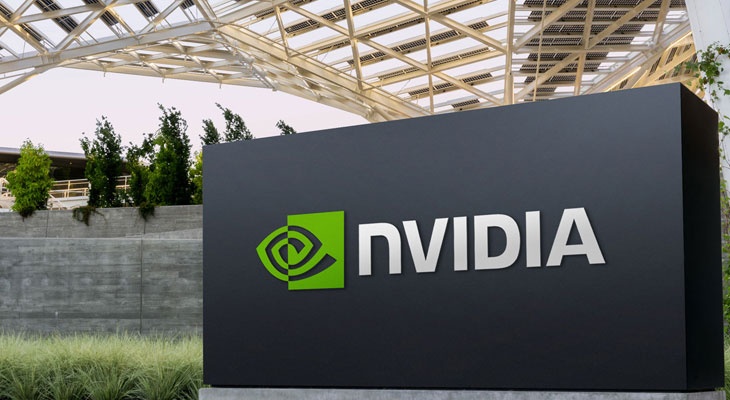






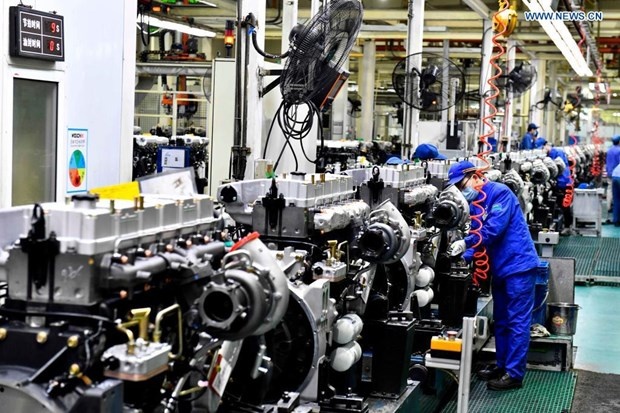

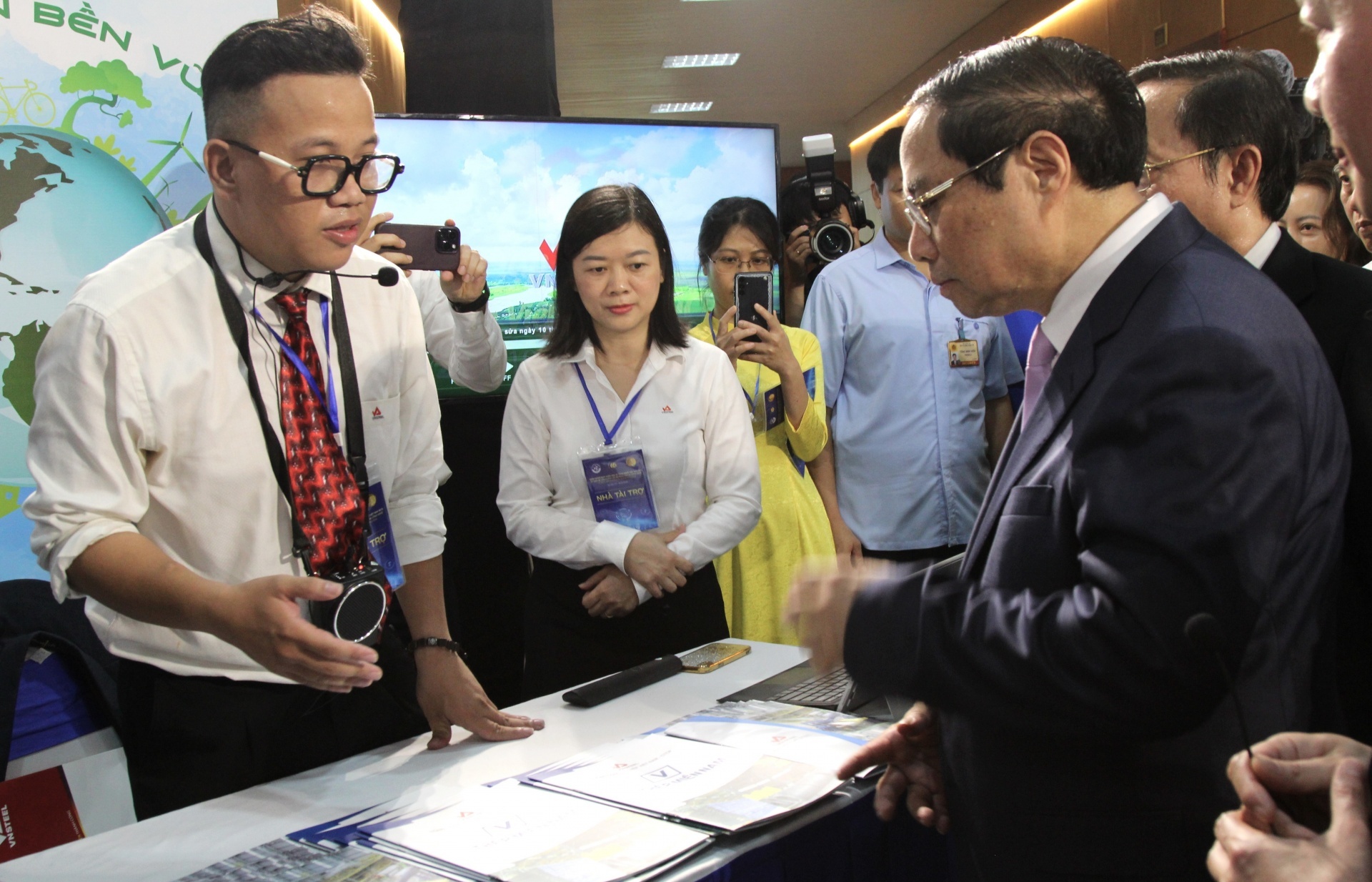




 Mobile Version
Mobile Version